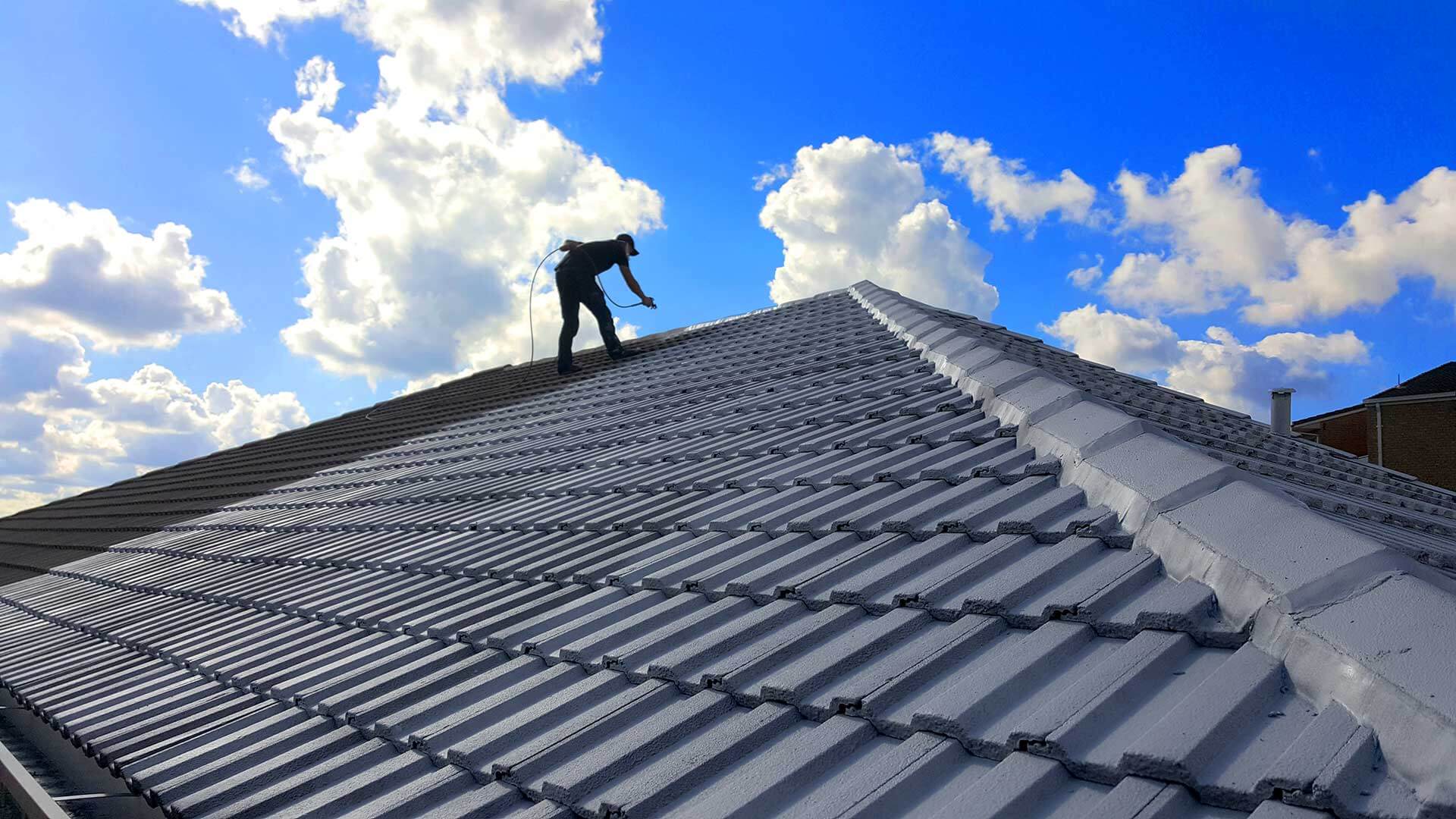
Every home needs a sturdy, reliable roof to protect it from the elements and provide a sense of security. Whether it’s the cozy shingles adorning quaint cottages or the sleek skylights illuminating modern architecture, the roof is an essential component of any building. In this article, we will delve into the secrets of roofing, exploring the various materials, techniques, and considerations that go into creating a functional and aesthetically pleasing roof. From understanding the importance of proper insulation to navigating the vast array of roofing options available, join us as we unravel the mysteries of this vital aspect of construction. So, let’s ascend to the rooftops and unlock the secrets of roofing together!
History of Roofing
Roofing has a rich history that dates back thousands of years. In ancient times, our ancestors sought shelter by constructing simple structures made from natural materials such as wood, thatch, and clay. These early forms of roofing provided basic protection against the elements, but they lacked the durability and longevity we associate with modern roofs.
As civilizations evolved, so did roofing techniques. The ancient Egyptians, for example, were known for their innovative use of stone slabs as roofing materials. These heavy slabs were carefully positioned to create a solid and sturdy roof that could withstand the test of time.
In other parts of the world, different materials were utilized based on availability and climate. In Scandinavia, for instance, early roofers turned to wooden shingles to shield their homes from the harsh Nordic winters. These shingles were intricately carved and interlocked, forming a waterproof barrier against rain and snow.
Over time, advancements in technology and materials helped shape the development of roofing. The Romans, renowned for their engineering prowess, introduced the use of terracotta tiles to create elegant and durable roofs. These tiles were not only functional but also aesthetically pleasing, adding a touch of grandeur to the buildings they adorned.
In conclusion, the history of roofing spans across various civilizations and time periods. From the humble thatched roofs of ancient civilizations to the sophisticated slate and metal roofs of today, roofing has evolved alongside human progress. The quest for better protection and aesthetics has driven innovation in roofing, resulting in the diverse array of materials and techniques we have at our disposal today.
Types of Roofing Materials
When it comes to choosing the right roofing material for your home, there are various options available to suit your preferences, budget, and weather conditions. Let’s explore some popular choices:
Asphalt Shingles: This is the most commonly used roofing material due to its affordability and durability. Asphalt shingles are available in different colors and styles, making them versatile and suitable for various architectural designs.
Metal Roofing: Metal roofs offer excellent longevity and can withstand harsh weather conditions. They are available in different metal types, such as aluminum, copper, and steel, each with its unique features. Metal roofs are known for their energy efficiency and fire resistance.
Clay Tiles: Clay tiles give a timeless and elegant look to your roof while providing exceptional durability. They have been used for centuries and are known for their excellent resistance to fire, insects, and rot. Clay tiles are particularly popular in Mediterranean and Spanish architectural styles.
Compare Options
These are just a few examples of the different types of roofing materials available in the market today. It’s essential to consider factors like climate, budget, and personal aesthetic preference while choosing the right roofing material for your home. Consulting with a professional roofing contractor can help you make an informed decision based on your specific needs.
Essential Roofing Maintenance
Regular maintenance is essential to keep your roof in good condition and protect your home from potential damage. Here are some important roofing maintenance tasks to keep in mind:
Inspect Your Roof: Periodically inspect your roof to identify any signs of damage or wear. Look for missing or damaged shingles, curling or lifting shingles, as well as any cracks or holes. It’s also essential to check for water damage and ensure that your gutters and downspouts are clear of debris.
Clean Your Roof: Debris such as leaves, twigs, and dirt can accumulate on your roof over time, especially in the gutters. Regularly cleaning your roof will help prevent water from overflowing and potentially causing leaks or water damage. Use a soft-bristled brush or a leaf blower to remove debris, taking care not to damage the shingles.
Trim Overhanging Trees: Trees near your roof can pose a risk during storms or strong winds. Overhanging branches can scrape against the roof, causing damage to the shingles or even puncturing them. Trim any branches that are within close proximity to your roof to minimize this risk.
By following these essential roofing maintenance tips, you can ensure the longevity and durability of your roof, protecting your home from potential leaks and costly repairs in the future. Remember to consult a professional if you notice any significant damage or if you’re unsure about performing any maintenance tasks yourself.


